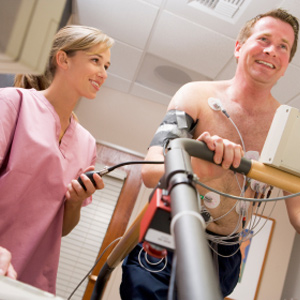Implantation of Pacemaker

The heart is a hollow muscular pump that propels blood to the different parts of the body and is controlled by electrical signals generated within the heart itself. A number of heart conditions such as bradycardia, supraventricular tachycardia, syncope, heart failure and hypertrophic cardiomyopathy can disrupt these signals and cause an abnormal heartbeat, which may be too slow, fast or irregular and can lead to fatigue, shortness of breath and fainting.
Implantation of Cardioverter Defibrillators

An Implantable Cardioverter-Defibrillator (ICD) is a small electronic device that is implanted in the chest or abdomen to control abnormal heart rhythm and prevent sudden cardiac arrest. The ICD detects the abnormal heart rhythms and restores normal heart rhythm by delivering electrical impulses to the heart muscle.
Catheter Based Cardiac Ablation

Cardiac ablation is a procedure to restore normal heart rhythm by preventing abnormal electrical impulses in the heart. It creates scar tissue near the site of the origin of the abnormal electrical impulses to terminate them and prevent them from spreading. This can be achieved through a catheter-based approach using radiofrequency waves or cryotherapy
Electrophysiology Study

An electrophysiology study or EPS is a diagnostic procedure to look more closely at the electrical function of your heart. It is the most accurate and reliable method of evaluating your heart rhythms and will help your physician determine the treatment option that is most appropriate for you.
Exercise Stress Test

Exercise stress echocardiogram is a test performed to evaluate your heart’s function and pattern of heart rate during activity. It is indicated to check your heart’s tolerance to activity, assess the effectiveness of cardiac treatment and determine your chances of developing coronary artery disease (CAD). Exercise stress echocardiogram uses sound waves to produce images of your heart activity while you exercise.
Cardioversion

Cardioversion is a non-surgical medical procedure that helps treat patients with abnormal heart rhythm, also known as arrhythmias. The procedure may involve the administration of electric current (electrical cardioversion) or medication (pharmacological cardioversion) to restore normal heart rhythm.
Tilt Table

The tilt test measures how blood pressure and heart rate respond to changes in gravity depending on the body’s position.
The tilt test is usually performed to determine the cause of fainting spells or lightheadedness. The test tries to reproduce these symptoms while you are monitored in a controlled setting.

